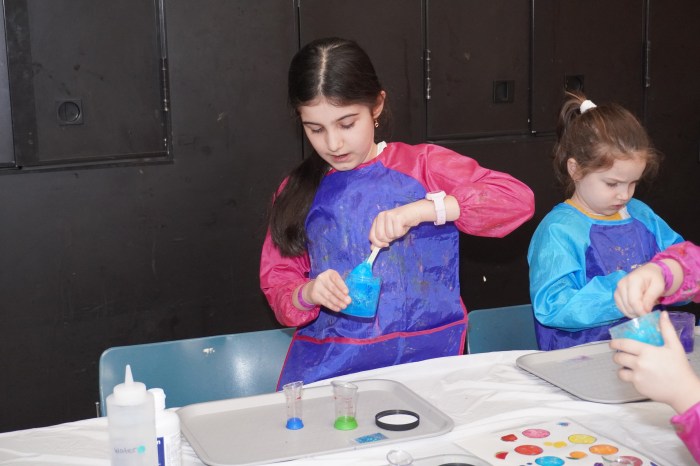
In the summer of 1865, as the nation still reeled from President Lincoln’s assassination, Secretary of the Interior James Harlan was nosing around his department one night and came across a volume of poetry on an employee’s desk. The employee was Walt Whitman, and the book was Whitman’s personal copy of the third edition of his kinetic masterpiece “Leaves of Grass.”
Harlan, a bit of a fuddy-duddy, picked up the book and was so scandalized by what he read that he fired Whitman. It was a pivotal event in the 46-year-old poet’s life and friends rushed to defend his good name, establishing him as the patriotic, “bard of democracy” he is known as today.
This anecdote, along with the actual book and terse firing letter, are part of “Walt Whitman: America’s Poet,” the illuminating historical exhibit at the New York Public Library that traces the people, places and things that influenced the Good Gray Poet.
Rare books curator Michael Inman developed the exhibition, celebrating the bicentennial of Whitman’s birth on May 31, by drawing on both the library’s extensive holdings and his own longtime study of — and love for — Whitman’s verse.

From Whitman’s progressive belief in inclusivity to his fluid ideas about love, gender and sexuality, “he does speak for, or attempts to speak for, everyone,” Inman said.
“[While] things were pulling the country apart, he was trying to point out the beauty of the individual, the sanctity of the individual,” Inman said, “but also how individuality in a sense binds the country together, we are a country of individuals.”
Whitman absorbed everything around him, from the rural environs of his Huntington, Long Island birth to the Daguerreotype galleries on bustling lower Broadway; from the oratory of the Quaker minister Elias Hicks to the dialogue of the theater, which taught him “the notion of performing in character,” an idea behind the many voices in his poetry, Inman said.
His great love, however, and the one that would most clearly manifest itself as free verse, was music. Whitman loved everything from opera to popular American vocal troupes of the day, like the Hutchinson Family, who sang about topics such as women’s rights, temperance and abolition.
Whitman was a great self-promoter, not above petty jealousies, a devotee of P.T. Barnum and the most photographed literary figure of the 19th century. The essayist Ralph Waldo Emerson sent Whitman a congratulatory letter after the 12-poem, first edition of “Leaves of Grass” was published in 1855, copies of which are on display. Whitman used the letter, which you can also read, to hype subsequent editions.
In 1862, Whitman left Brooklyn for Washington, D.C., where he volunteered as a nurse and visited military hospitals during the Civil War. The experiences deeply affected him, filling journals and leading to the volume “Drum-Taps.”
The exhibit concludes with dozens of examples of Whitman’s influence on successive generations of artists as varied as Allen Ginsberg, Woody Guthrie and David Hockney.
‘Walt Whitman: America’s Poet’ is on view through July 27 at the NYPL’s Stephen A. Schwarzman Building, 476 Fifth Ave., nypl.org






























